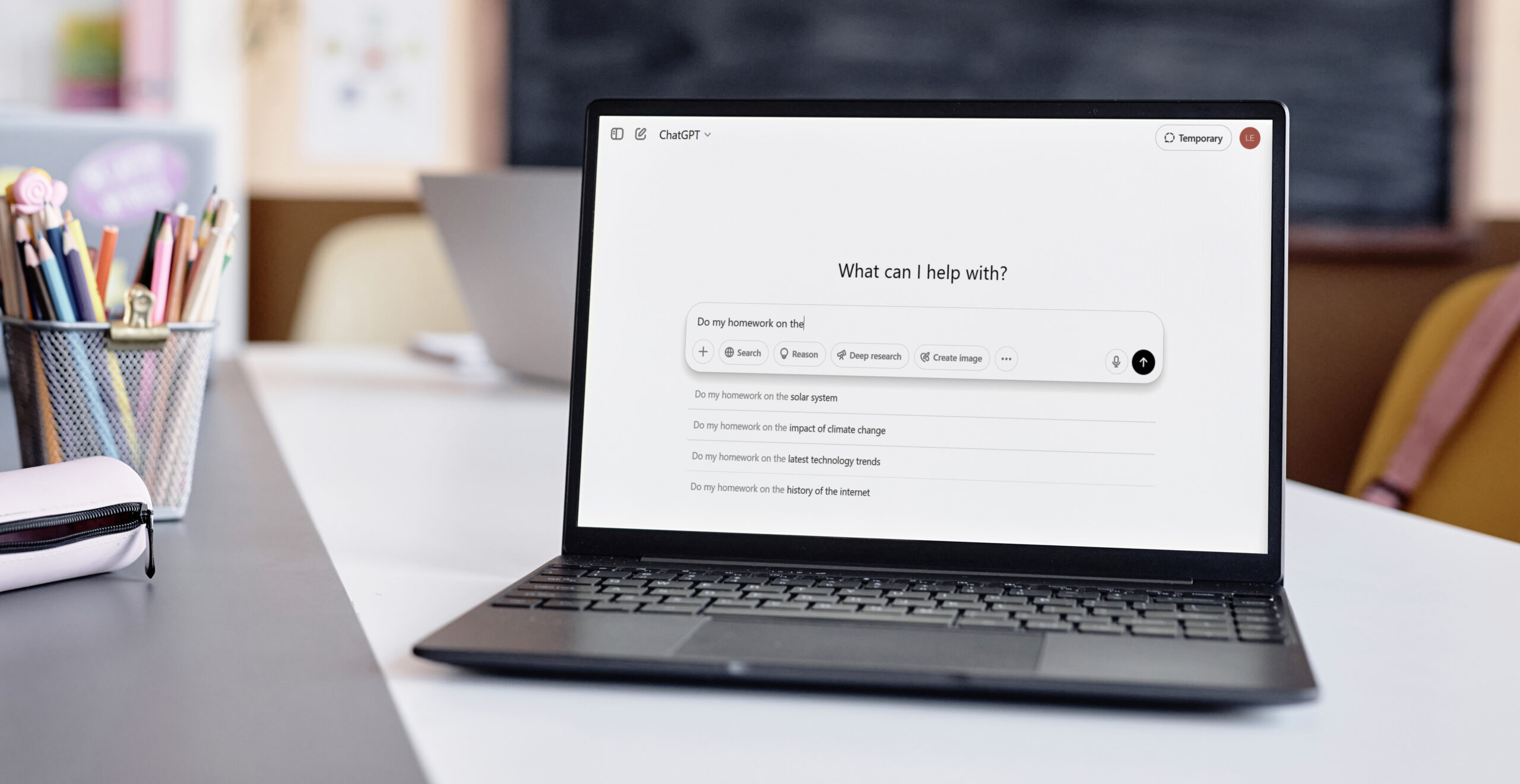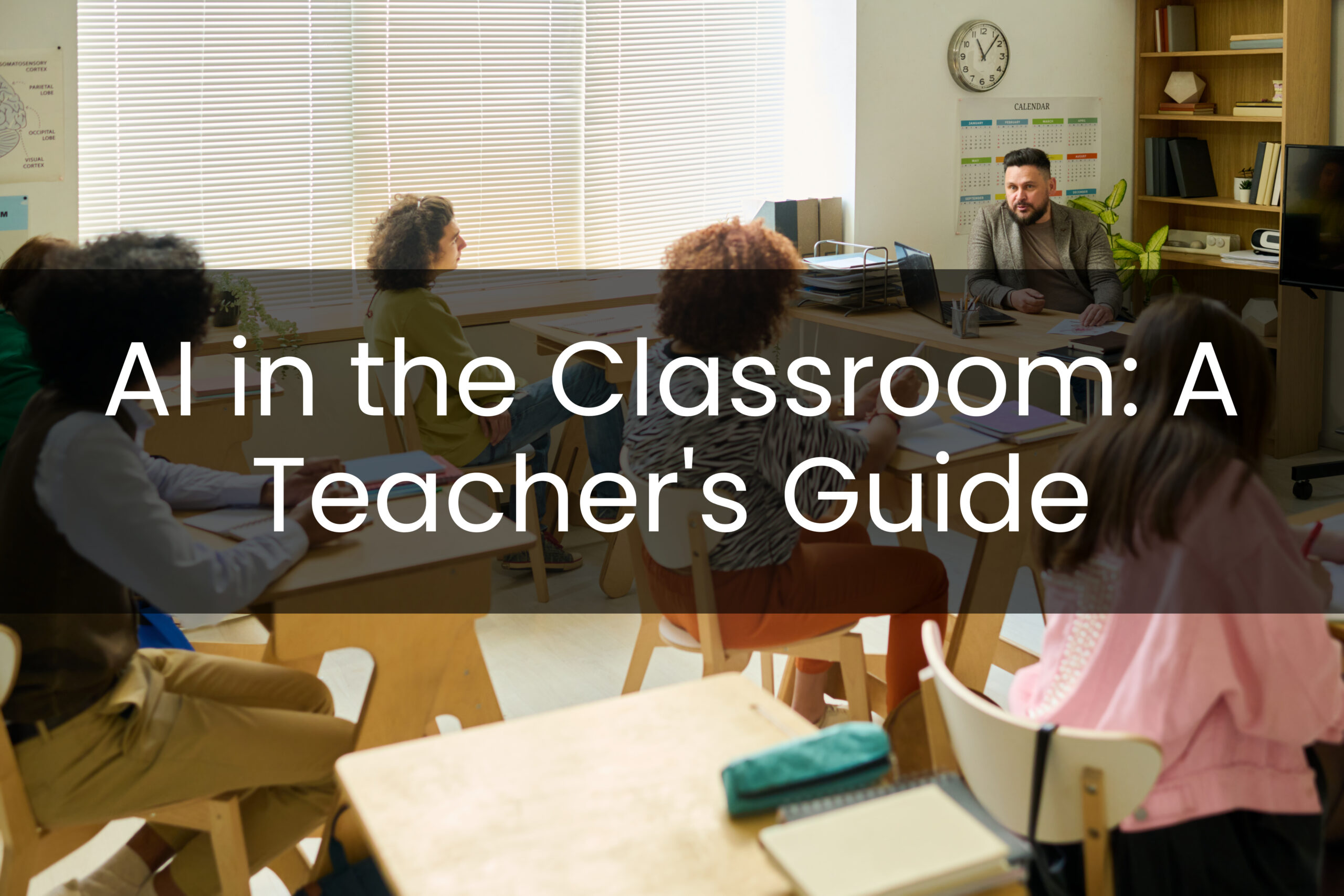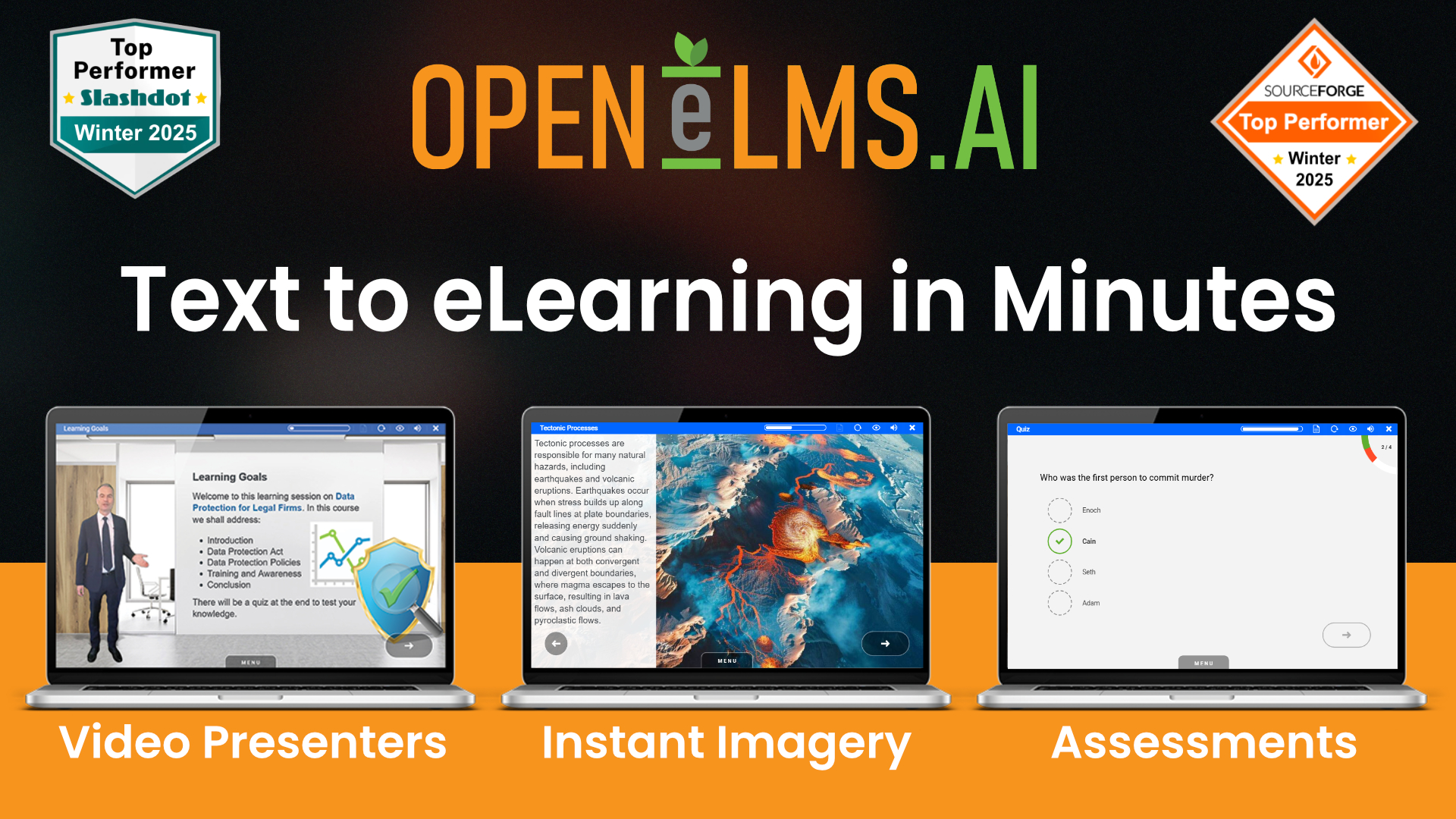

Artificial Intelligence is rapidly changing the face of education. While much of the conversation has focused on the risks, there is also enormous potential when AI is used responsibly. At Open eLMS, we believe that with the right tools and guidance, AI can enhance both teaching and learning in meaningful and practical ways.
Below, we explore how AI can be introduced into modern classrooms, the opportunities it creates, and the responsibilities it brings. We also demonstrate how Open eLMS AI makes this process easy, by providing a free course you can download and use immediately in your own learning platform.
Benefits of AI for Students and Teachers
AI can significantly enhance the learning experience for students. It enables adaptive learning pathways tailored to individual progress, helping students receive the right support at the right time. AI-powered tools can provide real-time feedback, suggest next steps based on learner performance, and support various learning styles to make content more accessible and engaging.
For teachers, AI reduces the burden of repetitive administrative work. Tasks such as grading objective assessments, tracking attendance, or managing communication can be streamlined through automation. Perhaps more importantly, AI gives teachers insights into student progress and areas of difficulty, allowing for more targeted and effective intervention.
Top Online Tutors in the UK suggest that integrating AI into education not only personalises learning but also boosts student motivation by making lessons more interactive. There are AI tools to help educators identify knowledge gaps early, enabling timely support that improves outcomes for students. Ultimately, embracing AI fosters a more efficient and engaging educational environment for both students and teachers.
Crucially, AI should be used not only to support content delivery but also to strengthen essential skills. Students must be encouraged to question AI-generated responses, develop their own views, and think critically about the information they are given. AI can be a prompt for inquiry, not just a shortcut to answers.
Tools, Integration and Practical Use
There are a growing number of AI tools available to schools, colleges and universities. These include virtual tutors, AI-generated lesson plans, text-to-speech accessibility tools, and predictive analytics platforms that can flag students at risk of falling behind.
Integrating AI effectively means selecting tools that complement existing teaching strategies. It should begin with clear goals: do you want to improve learning outcomes, reduce admin workload, or personalise learning? AI can help in all these areas, but it works best when integrated with intent and supported by training.
Open eLMS AI is designed precisely for this kind of integration. Our platform allows educators to create high-quality eLearning content automatically. You simply input your topic, and our AI builds a complete course structure, complete with learning objectives, narration, quizzes, and interactive content. This empowers educators to deliver dynamic lessons with minimal effort, freeing up time for one-to-one teaching and classroom engagement.
Ethical Considerations and Monitoring AI in the Classroom
While AI holds great promise, it must be introduced thoughtfully. One of the primary concerns is data privacy – ensuring student information is stored and processed securely. There is also the risk of bias in AI algorithms, which can unintentionally reinforce inequalities if not carefully monitored.
Teachers and school leaders need to maintain oversight of how AI tools are used, what decisions they influence, and how students interact with them. Transparency is essential. Educators must be able to explain how a system works and make sure that AI supports, rather than replaces, human judgement.
Finally, AI should never become a ‘black box’ in the classroom. Regular reviews of its performance, clarity in its outputs, and open communication with students and parents are all essential to ensure ethical and effective use.
Open eLMS is Bridging the Gap Between AI and Education
At Open eLMS, we believe AI should empower educators, not overwhelm them. Our AI-driven eLearning authoring tool is designed to make content creation fast, intuitive and aligned with the pedagogical needs of modern education.
Whether you’re an academic, a corporate trainer, or part of a public sector learning team, Open eLMS allows you to generate structured, media-rich eLearning content in minutes. You simply provide a topic and guidance, and the AI takes care of lesson planning, quizzes, narration, and even accessibility features, freeing up time for instructional strategy and learner engagement.
Your Free eLearning. AI in the Classroom: A Teachers Guide
To show how this can be done in practice, we’ve created a short course using Open eLMS AI titled “AI in the Classroom: A Teachers Guide” The course covers:
Applications of AI in teaching and learning
Benefits and opportunities for students and teachers
Encouraging critical thinking in an AI-supported classroom
Key ethical considerations
View the course here:
Create Your Own AI-Powered eLearning
This course was created in minutes using the Open eLMS AI authoring engine. If you’d like to try creating your own eLearning material on any topic — from safeguarding to software skills — you can sign up for a free 14-day trial.
AI is here to stay, and it’s reshaping how we learn and teach. With the right tools, educators can harness its power to create more effective, personalised and inclusive learning experiences. I invite you to explore the possibilities, beginning with this course.


